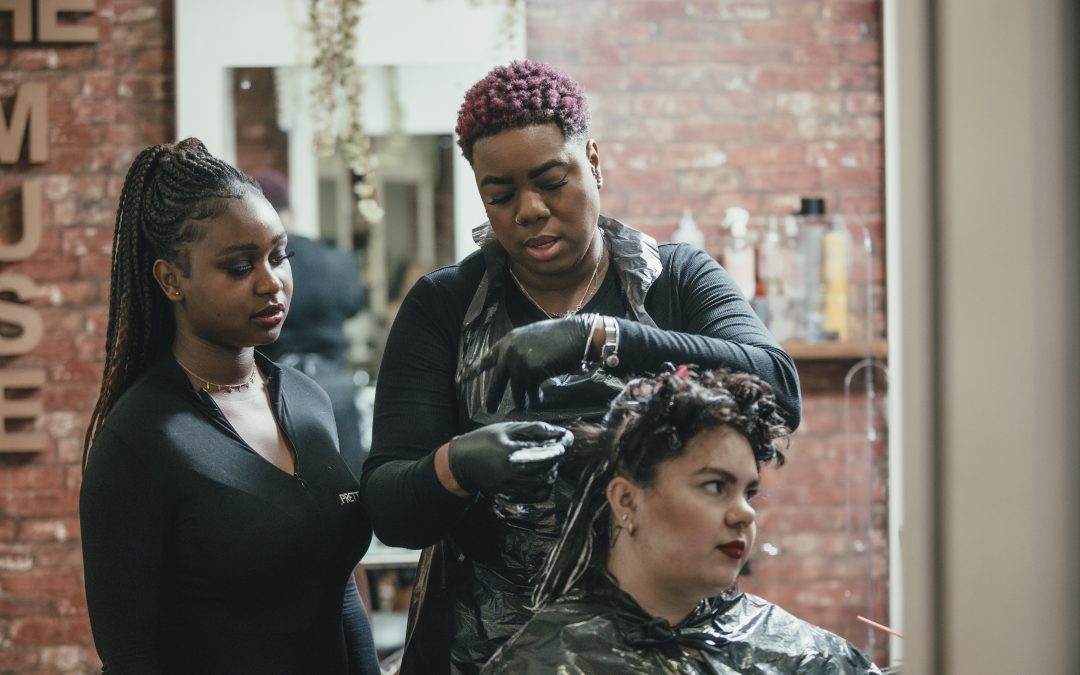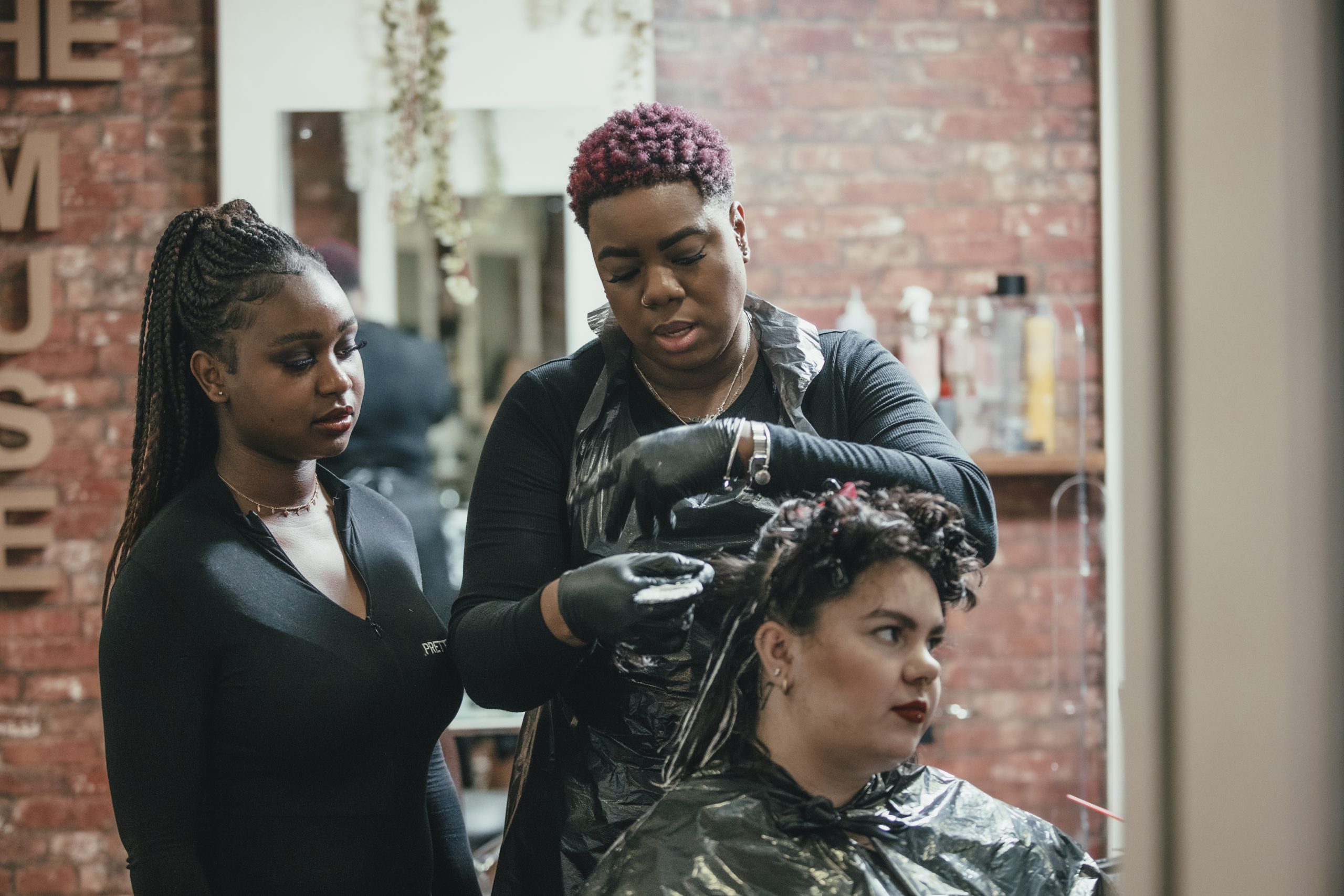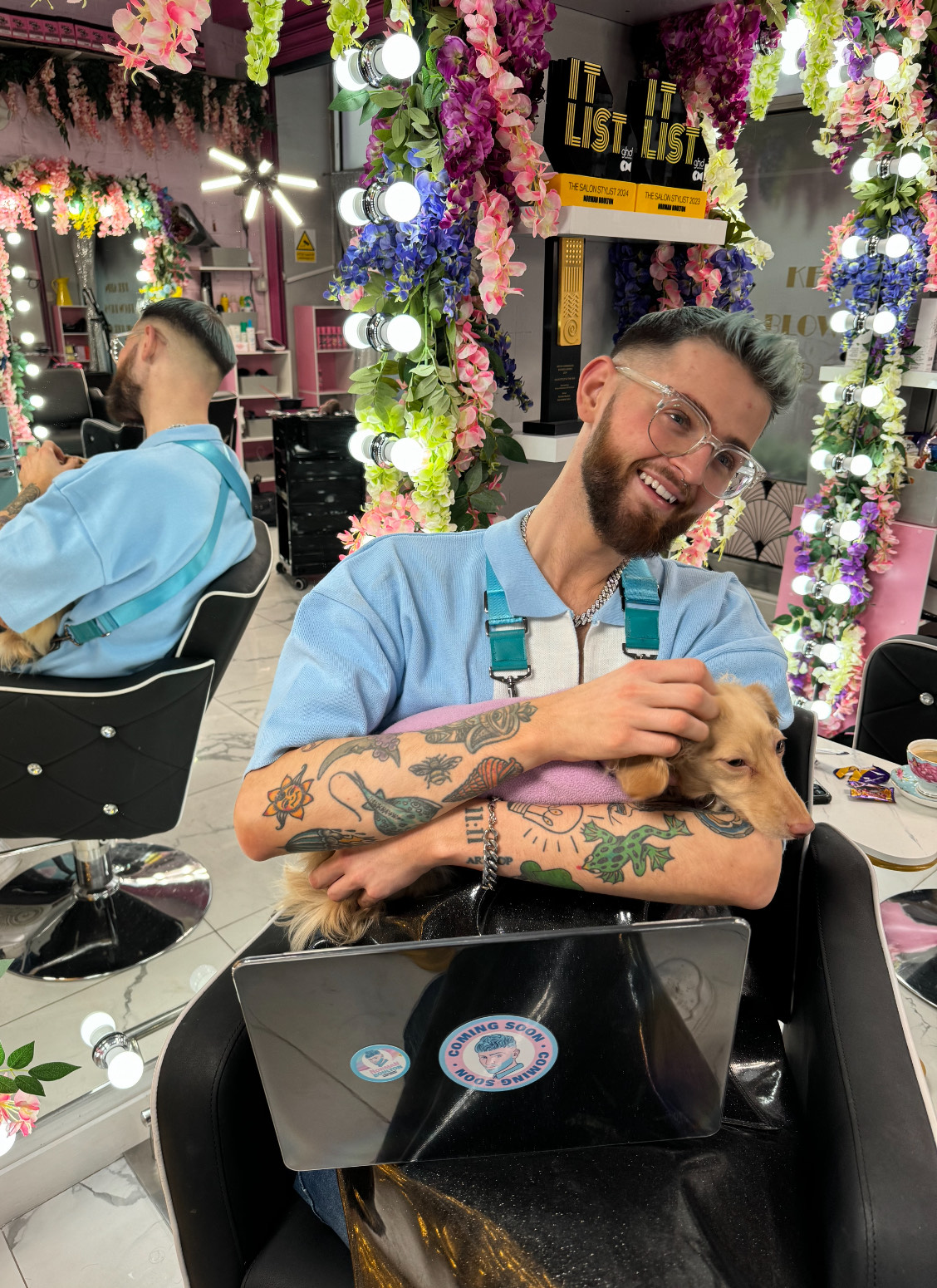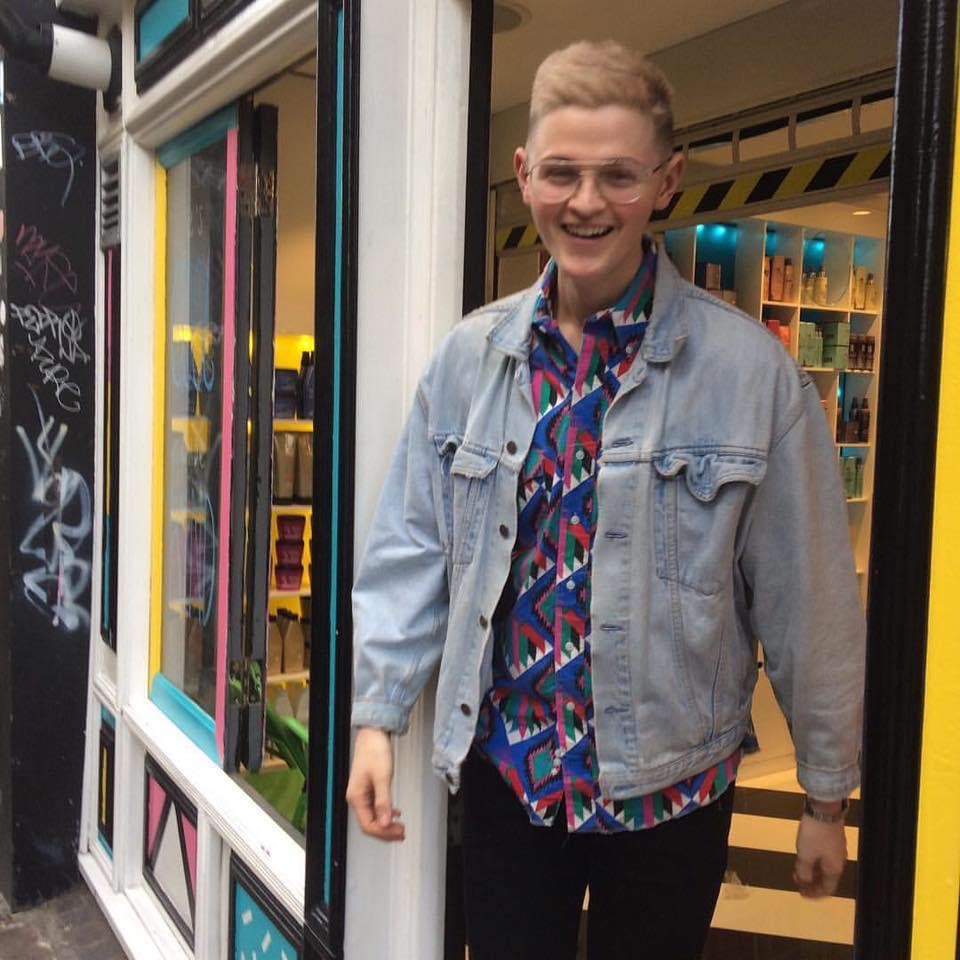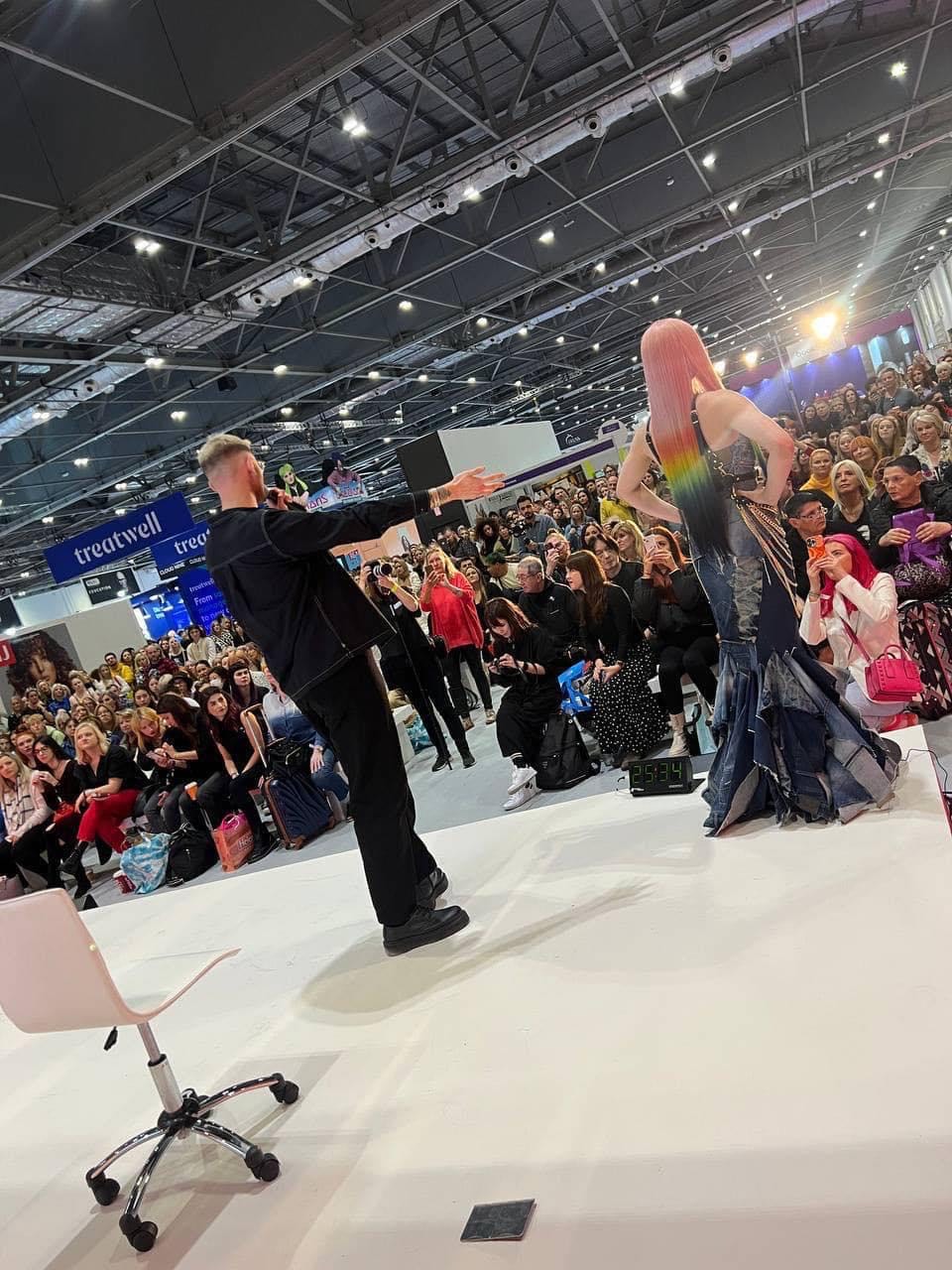
25% Rise In Salon Tips
25% Rise In Salon Tips
New tipping technology helps boost gratuities during tough economic period
by AMANDA | INFORM

Salons have seen a 25 per cent boost to team earnings over the past seven months, thanks to new tipping technology.
In the seven months since the launch of PhorestTips, more than £5.7 million in tips have been paid directly to staff across 591,717 transactions. With 95 per cent of associated fees are covered by Phorest, there are instant payouts to team members and the system is tax compliant. The platform’s launch follows the new UK Allocation of Tips Act in Autumn 2024. The legislation mandates that 100 per cent of tips go to employees, and employers cannot deduct fees or admin costs.
With 80 per cent of tipping now via card, and fewer clients carrying cash, PhorestTips allows customers to easily add a tip to their payment via the PhorestPay Card Terminal. The chosen team member receives it directly and instantly into their personal bank account.

“Salons are being squeezed from every direction: higher wages, increased national insurance and shrinking client spend,” said Luke Doolin, country managing director, UK & Ireland at Phorest. “PhorestTips is one of the simplest, most effective ways for salons to boost morale, retain talent and drive financial stability. It’s compliant, fair, and delivers real, measurable benefits, immediately.”
“The recent budget has put significant pressure on our sector,” he added. “We’re seeing salon owners seriously re-evaluate everything – from apprentice hiring to service delivery. Solutions like PhorestTips, our Ads Manager, and retail goal tracking tools are all about finding ways to lift revenue without compromising service or increasing workload.”









